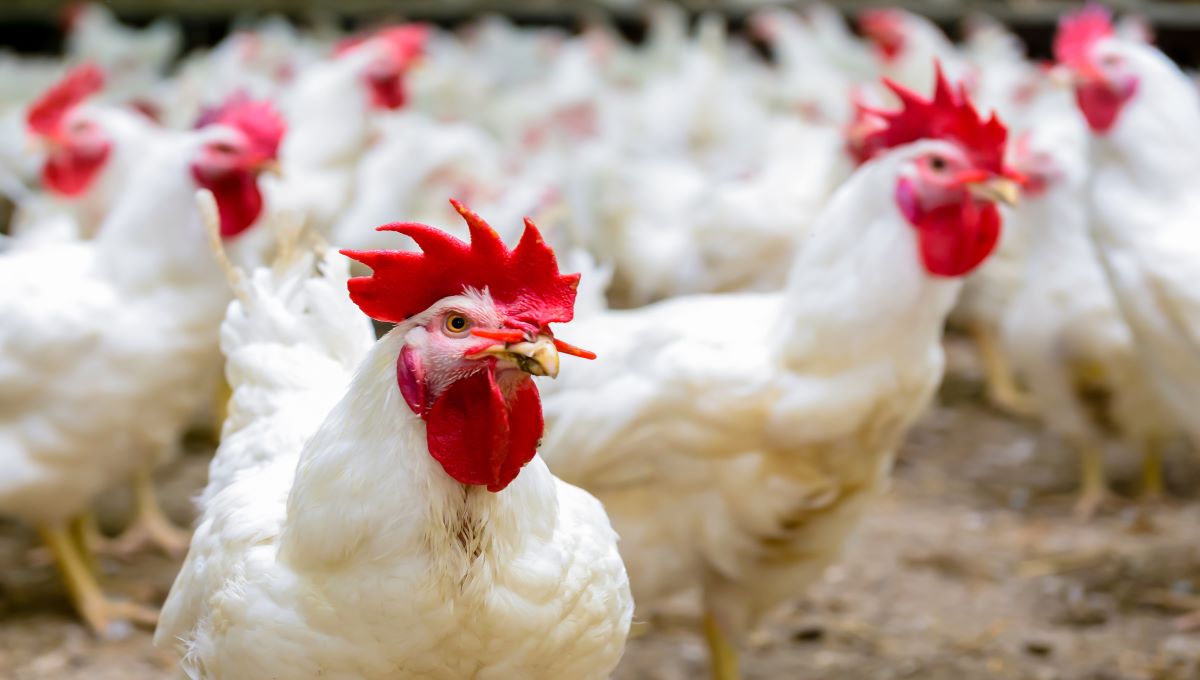Multiple interventions are needed to control Salmonella in chickens raised for human consumption, according to scientists.
Findings come from a Joint FAO/WHO Expert Meeting on Microbial Risk Assessment (JEMRA) on the pre- and post-harvest control of Salmonella in poultry meat. Experts reviewed recent data and evidence to provide scientific advice on control measures in the broiler production chain.
A summary was made available, and a full report will be published as part of the Food and Agriculture Organization (FAO) and World Health Organization (WHO) Microbiological Risk Assessment (MRA) series at a later date.
Many control measures lacked enough evidence to allow experts to assess their effectiveness but no single one was sufficient at reducing either the prevalence or level of contamination of broilers and poultry meat.
Primary production
The scope included primary production, processing, distribution, handling, preparation and retail.
Stringent biosecurity measures, including sanitation and hygiene, are important in primary production to prevent and control Salmonella. Vaccine-based strategies reduce the prevalence and level of shedding of Salmonella in flocks but do not eliminate it.
Scientists said there was no strong evidence that substances with antimicrobial activity such as additives in feed and water resulted in effective control of Salmonella in broilers. There was also limited information on the effectiveness of bacteriophage-based methods.
A promising control strategy was a combination of different competitive exclusion products such as probiotics and prebiotics and feed-based strategies, when used with good hygienic practices, may further reduce Salmonella in poultry.
Processing and onwards
The effect of processing interventions are influenced by conditions including characteristics of the Salmonella strain, pH, agent concentration, temperature, contact time, absorbed dose and product characteristics.
Chlorine-based compounds and organic acids like lactic or peracetic acid and acidified chlorate solutions showed potential effectiveness, as did high pressure processing and ionizing radiation.
At the post-processing stage, emphasis should be placed on encouraging a food safety culture through human behavior and consumer education on storage, handling and cooking practices.
Other factors to consider that might impact Salmonella control include changes in climate, the broiler value chain, consumer awareness, pathogens and their hosts. Technologies including machine learning, omics, tools for traceability and a better understanding of the interactions between Salmonella and the microbiome are other areas of focus.
The Codex Committee on Food Hygiene had asked JEMRA to collate scientific information on Salmonella and Campylobacter in chicken ahead of a potential update of guidelines to control these pathogens in such meat. A meeting on the pre- and post-harvest control of Campylobacter will be held in 2023.
(To sign up for a free subscription to Food Safety News, click here.)

